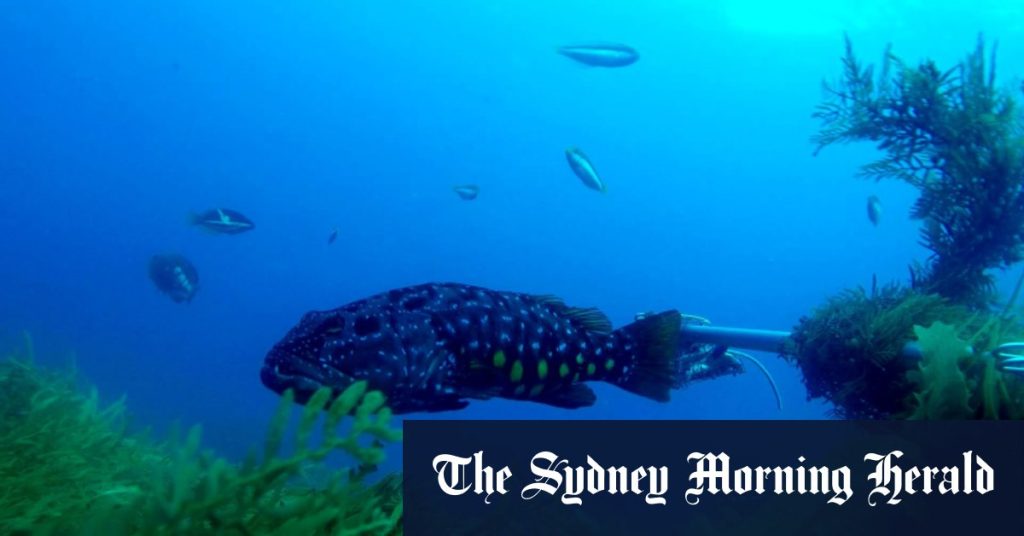The development of a marine park along Western Australia’s south coast has been met with both praise and criticism. While government officials believe the final zoning scheme strikes a balance between general-use, recreation, and sanctuary zones, Professor Jessica Meeuwig of the University of Western Australia Marine Futures Lab has raised concerns. Meeuwig, along with 33 other eminent scientists, has advocated for stronger protection measures within the marine park. Despite some well-protected areas, such as those further offshore, Meeuwig argues that significant problems remain, particularly in the Recherche section close to Esperance. She points out that the reduction of protection to 20 percent of the park, as well as the lack of connectivity between protected habitats reaching the shore, could hinder the park from rivaling the likes of Ningaloo or the Great Barrier Reef.
Meeuwig expressed disappointment with the fact that some habitats, such as near-shore, midshore, offshore, seagrass, and reef habitats, are not adequately protected within the park. She emphasized the importance of having sanctuary zones that reach the shore in order to connect protected habitats. Comparing the protection levels of Ningaloo and the Great Barrier Reef, Meeuwig argued that the government’s approach, which aims to balance a range of voices, has overlooked scientific recommendations. As a result, the conservation outcomes of the marine park may be compromised. Despite the government’s effort to establish a marine park, Meeuwig believes that more attention needs to be paid to protecting all habitat types, including those close to Esperance, in order to ensure the sustainability of fisheries and overall conservation efforts.
The government’s decision to reduce protection within the marine park has raised concerns about the overall effectiveness of conservation efforts in the area. Meeuwig noted that while some areas have been reasonably well-protected, others have suffered from insufficient protection measures. The lack of sanctuary zones close to Esperance, as well as the reduction in overall protection levels, could have long-term implications for the health of the marine environment. Additionally, the disconnect between protected habitats within the park may limit the park’s ability to function as a world-class marine park comparable to Ningaloo or the Great Barrier Reef. Meeuwig’s criticism underscores the importance of basing conservation decisions on scientific evidence in order to achieve the best possible outcomes.
Despite the government’s efforts to create a marine park along Western Australia’s south coast, challenges remain in achieving comprehensive protection for all habitat types. Professor Meeuwig’s concerns about the reduction in protection levels within the park, as well as the lack of connectivity between different habitats, highlight the need for a more scientifically-driven approach to conservation. By prioritizing the protection of near-shore, midshore, offshore, seagrass, and reef habitats, as well as establishing sanctuary zones that reach the shore, the marine park could better fulfill its intended conservation goals. Meeuwig’s advocacy for stronger protection measures underscores the importance of taking a holistic and evidence-based approach to marine conservation in order to safeguard the marine environment for future generations.















